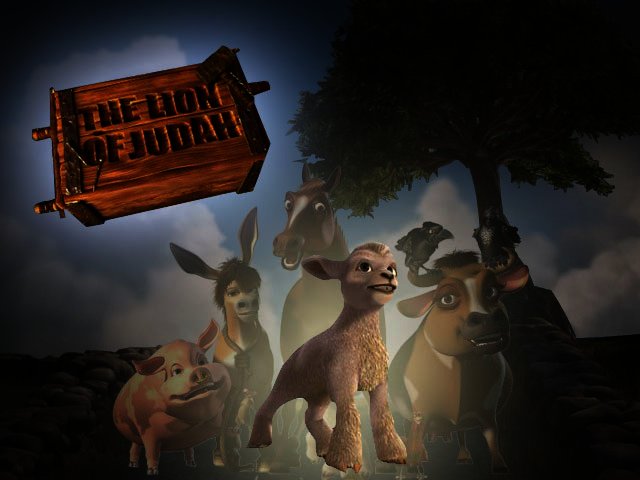Lion of Judah - SAs first 3D animation movie
By Hanleigh Daniels 2 July 2010 | Categories: interviews
|
When did you start work on The Lion of Judah, and was it always going to be in 3D? Chris Schoultz (CS): Pre-production started in March 2007 and it took only twenty months to complete 80 minutes of 3D animation. A unique opportunity for the movie and studio alike presented itself when release for the film was set for Sept 2010. The delayed release date brought about the opportunity to re-render the movie for a 3D stereoscopic (S3D) release. The current trend of all animated movies to be produced in stereoscopic 3D has been widely accepted by audiences around the world. S3D Production started at the end of November 2009 and final stereoscopic rendering was completed at the end of April 2010. This completion of the 86-minute S3D format was not only a South African first, but also a first for Africa! How does creating an animated feature in 3D differ from 2D? CS: Stereoscopic production (S3D) in many cases requires throwing out the filmmaker’s rule books of the past. In many cases traditional treatments of cameras are problematic in a stereoscopic environment. Because S3D is a utility to the storytelling process, care has got to be taken to allow it to support the story and not to overwhelm it. From a technical perspective S3D consumes double the hardware resources, requiring full resolution renders for both the left and right eyes. Whilst traditional 2D rendering has been an enormous challenge from a technical perspective, S3D is likely to double or even treble requirements, in many cases consuming far more CPU cycles to produce than is available. How does the technical director and the director of the movie link up? CS: The director has the story at heart, often not being aware of the technical challenges involved in realising his vision. The technical director is responsible for communicating limitations and wherever possible finding solutions that will enable creative production within any given constraints, either financial or technical. You also collaborated with the Centre for High Performance Computing (CHPC) in Cape Town. Tell us more about this relationship. CS: Our collaboration with the CHPC was formed late in the S3D production process. We were however delighted with the vision and commitment of the CHPC to a very effective solution to our rendering requirements. The processes developed for S3D rendering at the CHPC worked flawlessly and they were able to offer a high level of technical support. Future projects could benefit greatly from the collaborative production platform now in place. You must have needed some serious processing power and storage space. How much exactly? CS: Animation production has a voracious appetite for CPU cycles. It seems that there will never be sufficient processing power for our requirements. At the studio, we currently have 488 processor cores (@ 3.3GHz), 768 Gigabytes of memory, over 49 Terabytes of storage space and over 3 kilometres of cabling connecting all these resources together. Do you have an international distributor yet? CS: The Executive Producers of the Film, Animated Family Films based in the United States are managing the distribution of the film. Any word on the release date? CS: Not confirmed yet, but we are hoping to see it released in the second half of 2010 (A tentative release date has been set for Sept 2010). Any advise for budding 3D animation students or programmers looking to get into the 3D animation business? CS: Study your local industry and find out what the local requirements are. Generally you will find that the local industry will be unique in its requirements. Equip yourself to the actual requirements of your local industry.
|
Most Read Articles

Have Your Say
What new tech or developments are you most anticipating this year?



